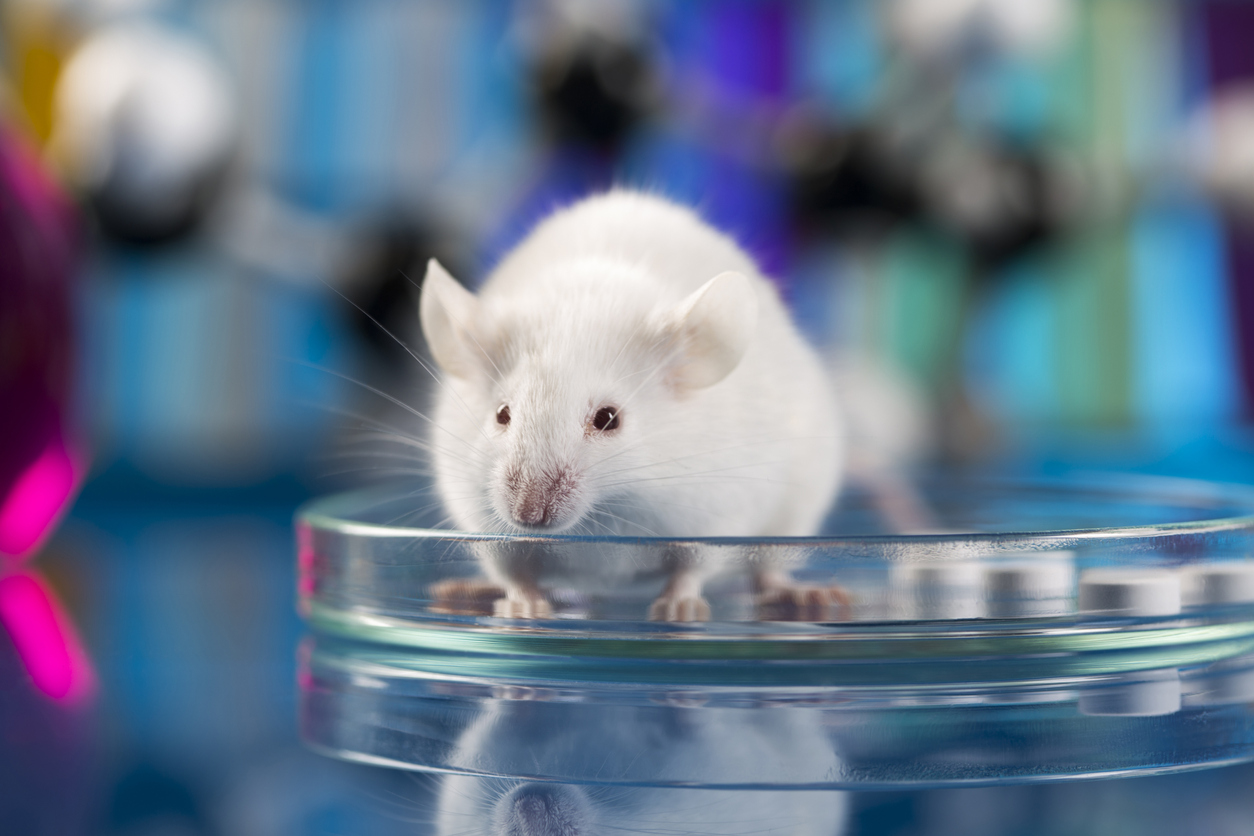US researchers say they’ve had some success in testing out a gene drive in laboratory mice
Using CRISPR genome editing, the researchers developed a process to make a gene more likely to be inherited than by chance alone. Their attempts with male mice were unsuccessful, but when it was used in females they increased the inheritance of the desired gene from 50 per cent to about 70 per cent, which they say might be enough for use in the lab.
The SMC asked experts to comment on the study, which was published today in Nature.
Professor Neil Gemmell, AgResearch Chair in Reproduction and Genomics, University of Otago, comments:
“This paper is important as the first test of a gene drive in a mammal, and in all likelihood the first test in any vertebrate.
“It shows that CRISPR-CAS9 mediated gene drives, which are showing potential as a possible control solution in insects, such as mosquitos that carry the devastating malarial parasite, can also work in mice.
“However, the efficiency of CRISPR-CAS9 editing in mice is low, 44% versus the >90% that is often seen in insects. Further, the homologous directed repair (HDR) that is essential for a gene drive to work was only successfully achieved in the female germline.
“As the authors note, the fundamental mechanisms for CRISPR-CAS9 mediated gene drive rodents are clearly present and work in mice, various aspects of mouse genetic repair processes appear to pose a much a greater challenge to these sorts of manipulations that has been observed in insects.
“In short, they have discovered that establishing very efficient gene-drives in mice is hard. Extrapolating from this work, we may well find this to be the case for mammals in general, and is a useful reminder that what appears simple in one system may have additional layers of complication in others.
“As a good example, we have been able to genetically modify mice with relative ease now for close to 30 years. Rats, on the other hand, are much harder to modify, with such manipulations only becoming feasible in the last decade or so and remain very much the domain for very experienced specialist labs. Why these two reasonably close relatives are so different in their ease of genetic modification remains a puzzle.
“So, while this current paper is a great first proof of concept, and a major technical achievement, this work suggests that the goal of creating gene drive rodents, for any purpose other than specialised laboratory applications, is likely to be harder than we expected.
“Based on this, the technological advances needed to use these sorts of approaches to control of mammalian pests like mice, rats, stoats and possums as part of our ambitious Predator Free 2050 goals are some years off.”
Professor Peter Dearden, Director, Genomics Aotearoa, University of Otago, comments:
“This paper describes experiments to test the possibility of making a gene drive in rodents. The paper describes a set of very careful experiments aimed at discovering how best to implement gene editing to modify mice genes. The paper focusses on working out when, during mouse development, gene editing is most likely to generate a phenomenon known as ‘homology directed repair’ – which is required for a gene drive, rather than ‘non-homologous end-joining’, which will cause resistance to a gene drive.
“The experiment shows that homology directed repair only occurs at a certain time in mouse embryogenesis, and thus if you want to make a gene drive in mice, you need to target that specific time. This is difficult, and this paper, which shows that a gene drive might be feasible in mice, particularly indicates that it wont be simple.
“This paper does not report a gene drive in mice, but identifies some challenges that need to be overcome before a gene drive will be possible. It does point out, however, the utility of this kind of approach in generating mice with particular mutations for medical research.”
